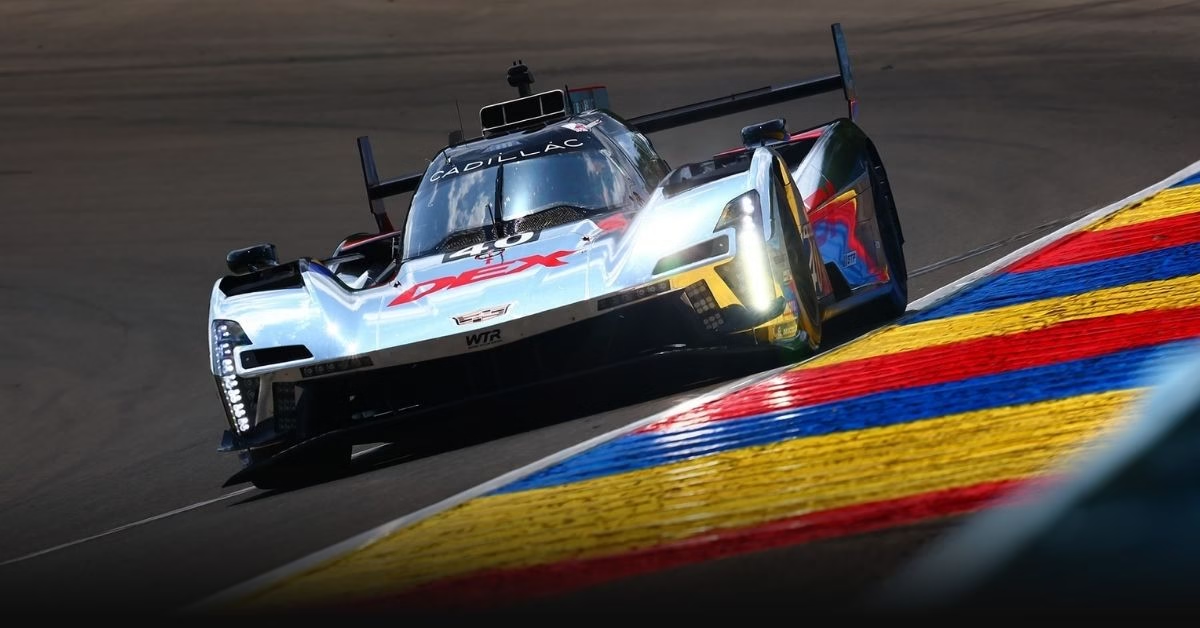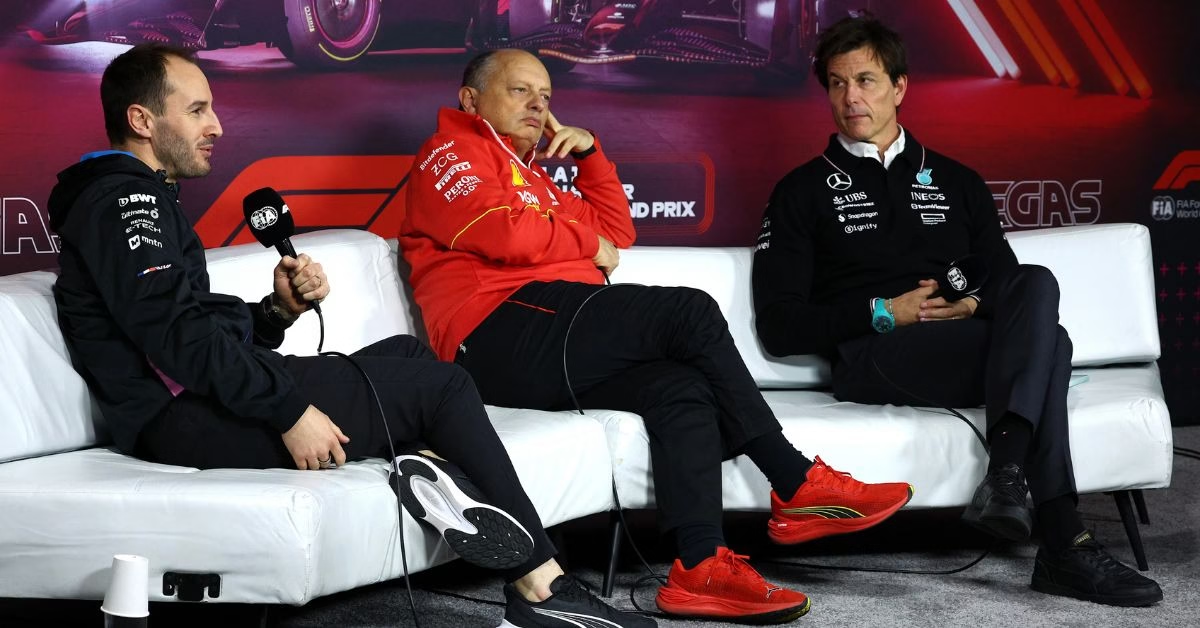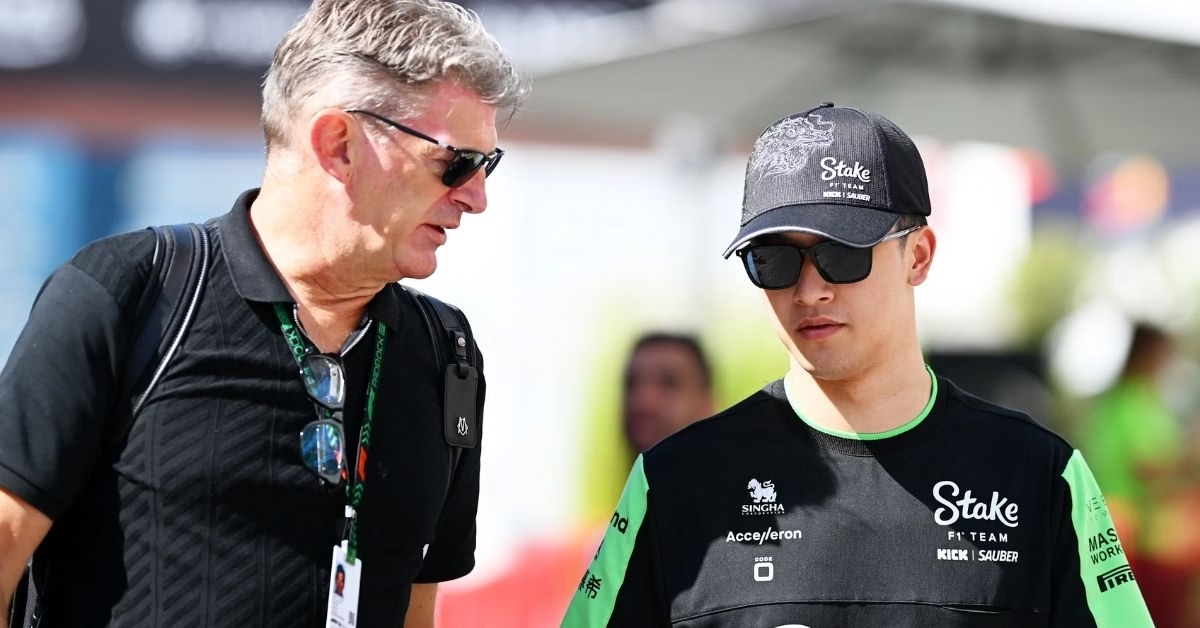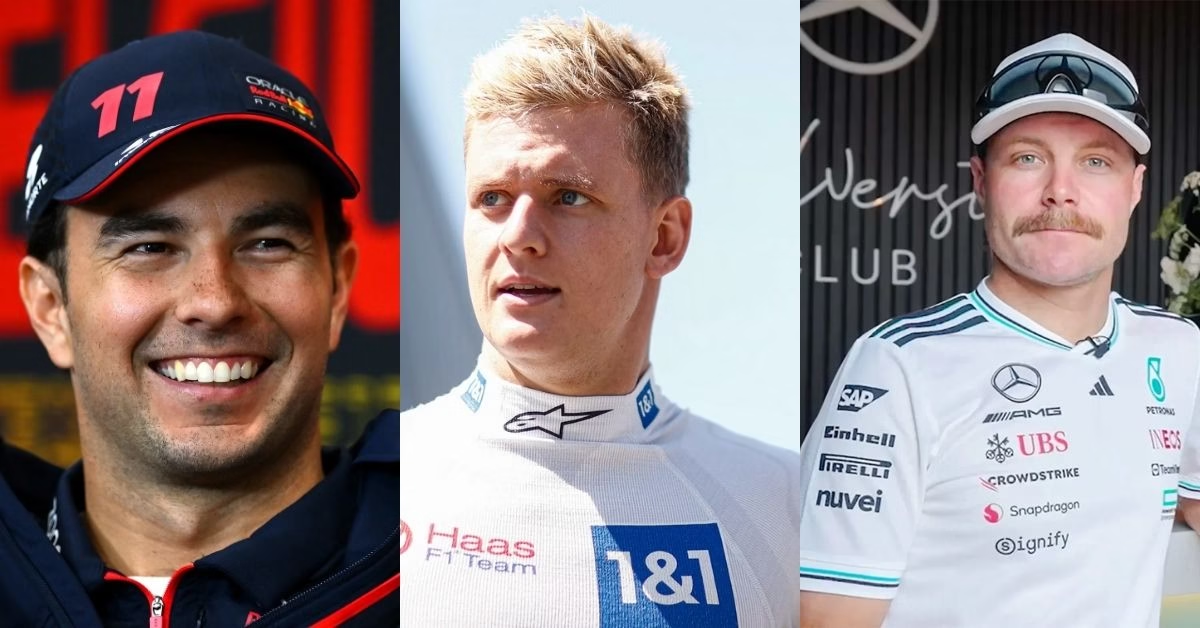For decades, Formula 1 has been a fortress of European engineering and precision—the ultimate arena where reputations are made, legends are born, and every tenth of a second is fought for. For American fans, the thought of the Cadillac F1 team joining the grid was the kind of dream you discuss over late-night races and highlight reels. But in F1, dreams don’t earn you a spot. Money, politics, and persistence do.
The Cadillac F1 team’s entry wasn’t the result of an overnight announcement. It was a grind—a series of public negotiations, private lobbying, and engineering promises that tested how badly General Motors and Cadillac wanted in. By the time the deal was sealed, it had become a statement about more than racing. It was about proving the American Dream still had horsepower on the world’s fastest stage.
Table of Contents
From Le Mans to the World Stage

Cadillac’s name has long been synonymous with American luxury—wide grilles, chrome details, and the unmistakable confidence of Detroit design. But beneath that polished image, the brand has spent decades chasing trophies in some of the toughest endurance races on the planet.
IMSA Dominance in North America
In the IMSA WeatherTech SportsCar Championship, Cadillac has been more than a participant—they’ve been a benchmark.
- Prototype supremacy: The DPi-V.R prototypes consistently set the pace.
- Manufacturer titles: Multiple championships secured against fierce competition.
- Daytona victories: Wins at the 24 Hours of Daytona in 2017, 2018, and 2019, often against rivals like Acura and Mazda.
These were not just wins; they were statements in an arena where one pit-lane mistake can erase hours of perfection.
Proving Ground at Le Mans
Cadillac’s ventures into the 24 Hours of Le Mans were more than a European cameo. In 2023, the Cadillac V-Series.R earned third overall, signaling they could:
- Compete with Ferrari, Toyota, and Porsche on their home turf.
- Translate American racing success into global credibility.
- Prove they weren’t chasing nostalgia—they were chasing the podium.
Why Formula 1 Is the Next Step
For Cadillac, joining Formula 1 isn’t a leap into the unknown. It’s the natural evolution from endurance mastery to the most politically charged and technically demanding motorsport on Earth. And in true American fashion, they’re entering with:
- Big ambitions to disrupt the status quo.
- A target on their back from day one.
A Contentious Entry: The Political and Financial Gauntlet

The Chilly Reception
Cadillac’s Formula 1 ambitions took shape through Andretti Global, the racing empire led by Michael Andretti. In early meetings, the pitch seemed airtight: a respected American racing outfit backed by the resources of General Motors, with Cadillac as the headline brand. But the reception from F1’s commercial leadership was icy.
The issue? Expansion meant slicing the prize money pie into smaller pieces. Existing teams—from Red Bull to Haas—worried about diluting their earnings and, in some cases, questioned whether an American newcomer could bring enough value to offset the cost. The now-famous anti-dilution fee, a sum north of $200 million, loomed as a gatekeeping tool.
The Breakthrough Commitment
The FIA, led by Mohammed Ben Sulayem, publicly supported Andretti and Cadillac’s entry, framing it as a win for diversity and global growth. F1’s commercial rights holder, Formula One Management (FOM), remained unconvinced. For over two years, the bid became a chess match—press statements, closed-door negotiations, and a war of perception in the motorsport media.
The turning point came when General Motors pledged to become a full power unit manufacturer, committing to design and build its own engine for the next generation of F1 regulations. It wasn’t just branding anymore; it was infrastructure, investment, and a promise of long-term competition. That move forced the conversation from “Should we let them in?” to “How will they fit into the championship?”
For Cadillac, the battle wasn’t just about getting on the grid—it was about proving they belonged there on their own terms.
The Architects of a New Team: Leadership and Infrastructure

With approval finally secured, the real work began: building a team capable of surviving the brutal learning curve of a debut F1 season.
Key Figures at the Helm
- Graeme Lowdon – Team Principal
Remembered for steering the Marussia F1 team through its most competitive seasons despite operating on one of the smallest budgets in the paddock. His proven ability to build lean but resilient operations could be Cadillac’s greatest asset in its early years. - Nick Chester – Chief Technical Officer
Former head of chassis at Enstone during its Lotus era, where he produced podium-scoring cars against far wealthier rivals. Chester’s engineering vision will shape Cadillac’s first machines and, in time, their first works-built car.
Dual-Continent Operations
- Fishers, Indiana – Main Headquarters
A state-of-the-art base for operations, marketing, and logistics. - Silverstone, UK – Satellite Facility
Located in the heart of “Motorsport Valley,” surrounded by suppliers, engineering talent, and F1 expertise.
By splitting their operations, Cadillac is attempting something few newcomers have managed successfully—keeping their American identity intact while embedding themselves in F1’s technical ecosystem.
The Driver Conundrum

With the team structure taking shape, attention has turned to one of the most visible—and debated—questions: who will drive the first Cadillac F1 cars?
The shortlist has included seasoned race winners and hungry young talents:
- Valtteri Bottas — A former Mercedes driver with a calm, analytical style. Known for his feedback and development skills, Bottas could be the steady hand a new team needs in its formative years.
- Sergio Perez — A proven race winner who thrives under pressure. His aggressive racecraft and experience in a front-running team could accelerate Cadillac’s competitive timeline.
- Mick Schumacher — Carrying the weight of a legendary surname, Mick has F1 race experience with Haas and current simulator duties for Mercedes. For Cadillac, he represents both youth and brand-marketability.
- Zhou Guanyu — China’s first full-time F1 driver, bringing not just race pace but a global fanbase and commercial appeal.
There’s also the dream of an American driver in the lineup—names like Jak Crawford in Formula 2 and Colton Herta in IndyCar have surfaced. But with F1’s strict Super License points system and the steep technical demands of a new team, Cadillac’s debut lineup will likely lean toward experienced veterans before grooming homegrown talent.
The Ultimate Goal: A True Works Team

Cadillac’s Ambition
For Cadillac, joining the grid is only the first lap. The bigger ambition lies in becoming a works team—a constructor with its own engine, chassis, and independent capability to take on the likes of Ferrari and Mercedes.
Short-Term Reality
In the short term, Cadillac will run Ferrari power units. But the General Motors F1 engine project, slated for the 2029 regulations, is already underway. Developing a competitive engine is one of the most expensive and technically challenging undertakings in motorsport, but it’s also the clearest signal that Cadillac isn’t in Formula 1 for show.
Historic Parallels
The parallels to other great American motorsport moments are hard to miss — Ford’s GT40 program in the 1960s, which dethroned Ferrari at Le Mans, comes to mind. Cadillac is attempting a similar statement, but on F1’s even more global and cutthroat stage.
Chasing the Dream
When the first Cadillac F1 car lines up on the grid, it won’t just represent a new entry. It will symbolize a victory over politics, doubt, and the quiet assumption that Formula 1 is Europe’s exclusive club.
The American Dream in racing form isn’t just about showing up; it’s about showing you belong. Cadillac’s fight to get there — and its promise to compete with a car and engine built in-house — is the clearest sign in years that American ambition can still rewrite the record books.
In the end, this isn’t just about winning races. It’s about planting a flag on the sport’s highest peak and saying, “We’re here, and we’re not leaving.”

